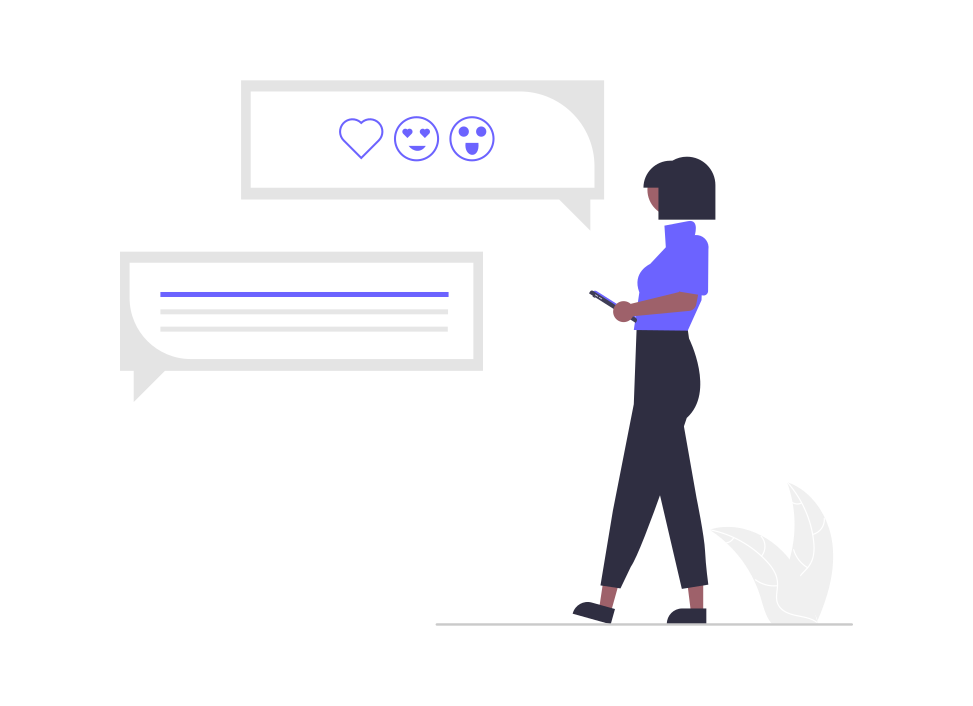Psychographic segmentation goes beyond the surface-level demographics, delving into the intricate world of consumer behaviors, interests, and lifestyles. This segmentation approach is pivotal for businesses aiming to create more personalized and engaging marketing strategies. By understanding the underlying motivations and preferences of your audience, you can craft messages that resonate on a deeper level.
The Core Components
Psychographic segmentation is rooted in understanding various aspects of consumer psychology. Here are the primary components:
-
Lifestyle
- Examines daily routines, hobbies, and leisure activities to identify what consumers value and how they spend their time.
-
Interests
- Identifies what captures the attention and passion of consumers, ranging from hobbies to entertainment choices.
-
Values and Beliefs
- Uncovers the principles and moral standards that guide consumer behavior and decision-making processes.
-
Personality Traits
- Explores inherent characteristics and traits that influence how consumers interact with the world and brands.
-
Social Status
- Considers the social and economic standing of individuals, which can impact their lifestyle and purchasing choices.
Implementing Psychographic Segmentation
To effectively implement psychographic segmentation, follow these steps:
-
Data Collection
- Utilize surveys, interviews, and social media analytics to gather comprehensive psychographic data.
-
Persona Development
- Create detailed personas that embody the key psychographic traits of your audience segments.
-
Behavior Analysis
- Analyze the data to understand the behavior patterns and motivations of different segments.
-
Tailored Messaging
- Develop messaging strategies that align with the values, interests, and lifestyles of each segment.
-
Channel Optimization
- Choose the most effective communication channels that resonate with each psychographic segment.
-
Feedback Loop
- Establish a system for continuous feedback and adjustment to refine your segmentation and strategies over time.
Advantages of Psychographic Segmentation
Challenges to Consider
While psychographic segmentation offers significant advantages, it also comes with challenges:
Conclusion
Psychographic segmentation is a powerful approach that provides deep insights into consumer psychology, enabling businesses to create more relevant and engaging marketing strategies. By understanding the values, interests, and lifestyles of your audience, you can build stronger connections and drive greater success in your marketing efforts. Embrace the depth of psychographic segmentation to unlock new levels of personalization and engagement with your target market.


